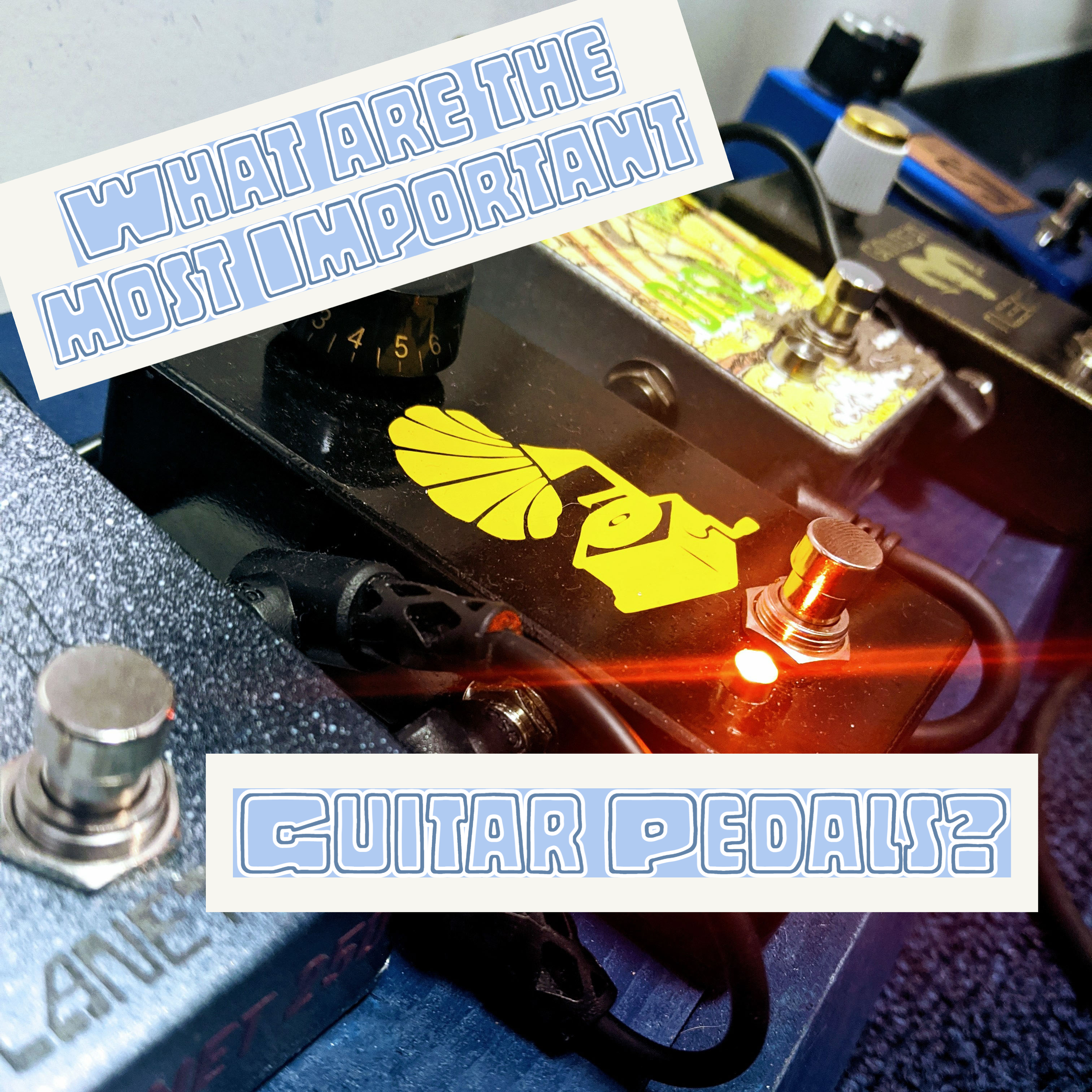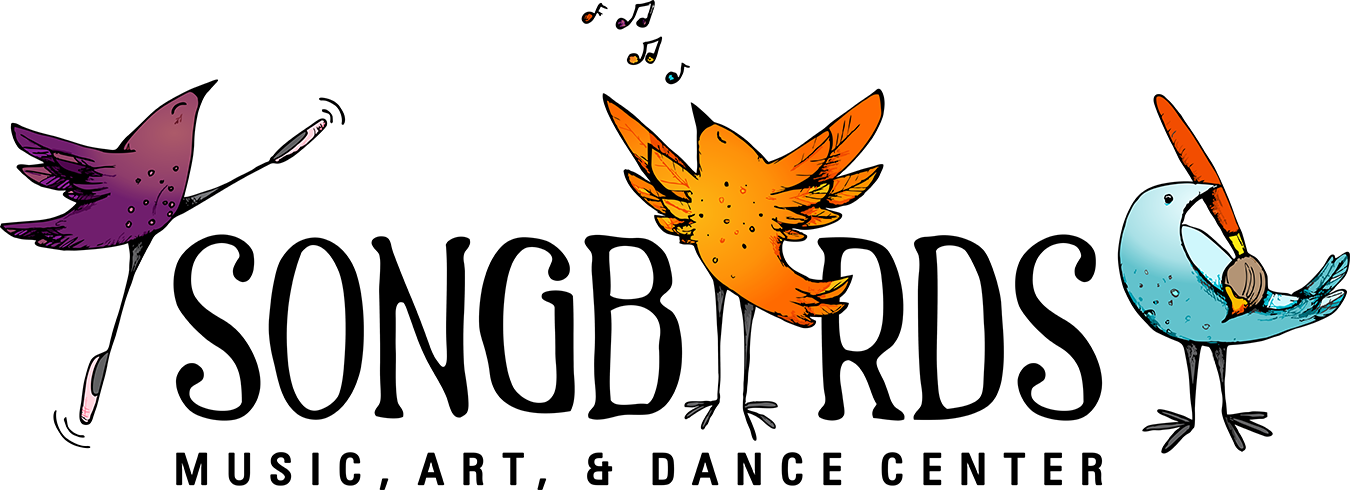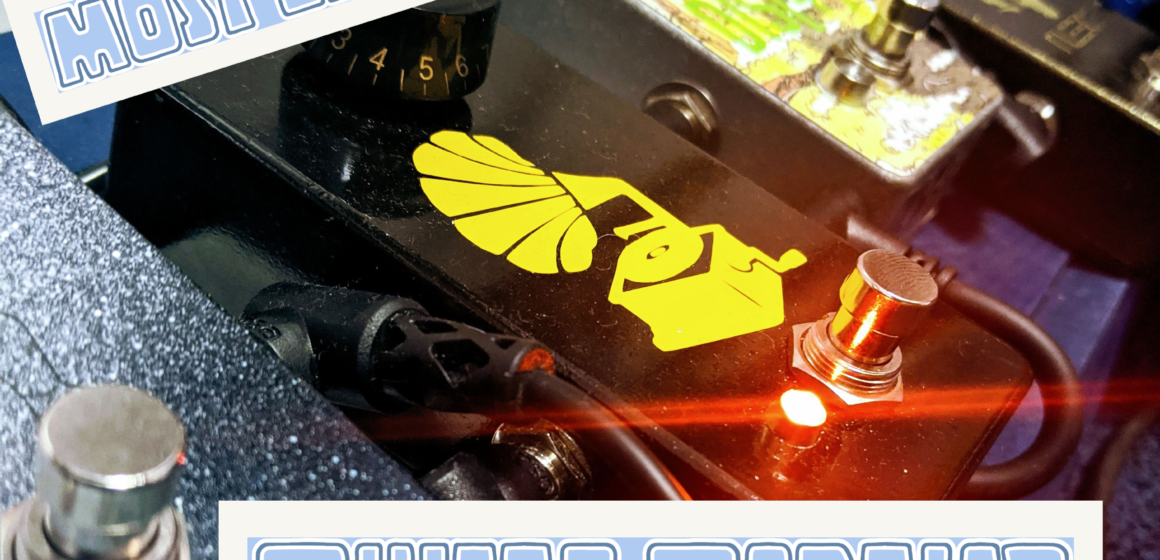What are the Most Important Guitar Pedals?
The wonderful world of guitar pedals and effects can be overwhelming. I remember buying my first pedal when I was in high school and never truly learning how to use it (or even what it did!) for years. The exciting reality is that guitar pedals allow us to transform our instrument into an amazing variety of sounds – the sky's the limit! Here are my recommendations for the most important types of guitar pedals to get you started, plus some of my favorites in each category. Don't forget that Songbirds stocks custom pedals that are clones of most of these circuits that are listed! Check out our shop, or contact Justin if you have an idea for a custom order.

1. Overdrive, Distortion, or Fuzz
This recommendation is especially true if you currently don’t have any guitar pedals. Start here if you’re brand new to the pedal world! Overdrive, Distortion, or Fuzz should be your most important pedal because they all make an incredible difference in your sound when activated. They open up your horizons and allow you to more authentically play rock, blues, metal, or any genre with crunch. The one that you choose is up to personal taste, but I recommend Overdrive for the most utility in different musical styles. Overdrive has less distortion and signal clipping, Distortion has a medium amount, and Fuzz has a lot!
My favorite overdrives are the DOD250, Klon Centaur, and EQD Speaker Cranker.
For distortion, I love the Proco RAT and EQD Acapulco Gold.
My favorite fuzzes are the original germanium Fuzz Face and the Devi-Ever Hyperion.
Songbirds has clones of ALL of these listed favorites in stock, plus they're custom! Come in and try them to see if you like how they sound.
2. Amp Simulator or Tone Shaping
Every guitarist needs a reliable “amp-in-a-box” pedal, especially for playing gigs and recording. You can skip this step if you ONLY play with an amplifier. However, the moment you start playing through a speaker, PA, or recording through an interface, you will notice the need for an Amp Simulator. Why is that? Guitar amps do a lot of heavy lifting with shaping the way that guitars sound. They boost the incoming guitar signal before the speaker makes it sing, plus they have great control over EQ, or how much bass, middle, and treble sound is in your signal. Most importantly, amps “warm up” the sound of the instrument by adding in natural breakup, or very light distortion, which we have come to expect when we hear a guitar.
An Amp Simulator pedal provides all of the perks of your guitar amp, in a conveniently smaller and much lighter package. This pedal should always go last in your signal chain before heading out to your speakers or interface. Treat it just like you would a real amp. Even acoustic guitarists need an Amp Simulator, especially because those instruments tend to sound tinny when plugged directly into a speaker.
If you are primarily recording through an interface, you can use virtual Amp Simulators in your Digital Audio Workstation. Having an EQ or Amp Simulator pedal may still help shape your sound at the source, which always expedites the recording and writing process.
The most famous utility amp simulator is the Joyo American Sound. This company also stocks a British Sound version. You can't beat the price!
More boutique amp simulator pedals offer a wider control over tone shaping and specific warmth. I play with a clone of a Dumble Overdrive Special that I made, but I also love a Fender Tweed simulator. Ask Songbirds if you'd like a custom amp sim pedal made for you!
3. Reverb or Delay
These circuits add dimension, space, and depth to your guitar’s sound. Reverb is more of an ambient wash that imitates the sound of a room when music is played in it. Imagine how your guitar would sound if you were to perform in a concrete stairwell, a warehouse, or a cathedral – that’s Reverb. Delay is more of an echo. This circuit briefly copies your incoming guitar signal, then spits out a copy at a delayed rate that you can control. Imagine shouting into a canyon or clapping in a cave or stadium – that’s Delay.
Most professional guitarists have both Reverb and Delay pedals (and use them together), but there is a fair amount of overlap in what they accomplish. I’m more of a Reverb guy myself, but it’s up to you to decide what you like best!
I always use an EQD Ghost Echo clone that I made at the end of my signal chain for excellent reverb.
For delay, you can't go wrong with the digital titan, the Boss DD-3. I personally prefer analog delays that have a bit of grit and warmth to their decay like the MXR Carbon Copy or the Madbean Cave Dweller (a mid-fi DIY project with amazing capability).
4. Something Unique
Now it’s time to have some fun! I recommend that your next pedal is something that is unique – something that makes you excited to play it (and maybe is a little wacky). Maybe it could be a Chorus for a seasick wash of sound, or maybe it could be an Autowah to make your guitar “speak” like a robot. You could be extra adventurous and try a Phaser or a Flanger for crazy out-of-this-world alien sounds, or you could experiment with a Bitcrusher for old-school video game sound effects. We are lucky to have some much technology at our fingertips, and with a bit of innovation, we are able to make our guitars sound like completely different instruments. Have fun, and just try stuff!
This is my favorite category of pedal, and I could make an entire book on recommendations. The Midfi Clarinot, Walrus Audio Julia, Parasit Studio Multiwave, Morley Autowah, and EQD Grand Orbiter are probably the five wacky pedals that I would take to a desert island, assuming it had power and lots of guitars.
Speaking of “just try stuff”, check out the JHS Show, one of my favorite channels for awesome guitar content!

